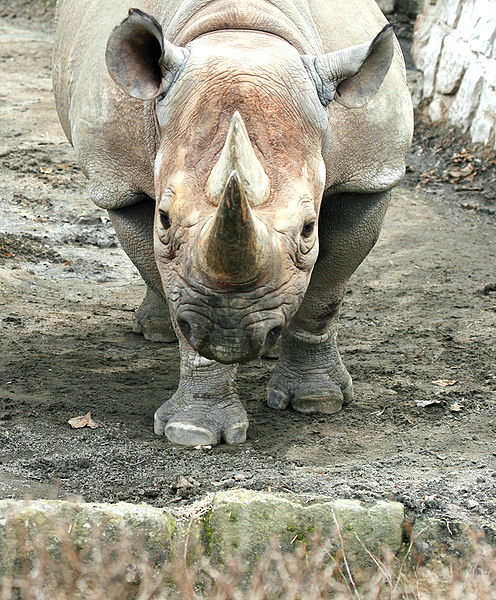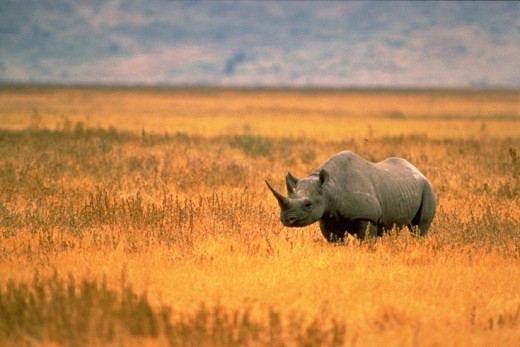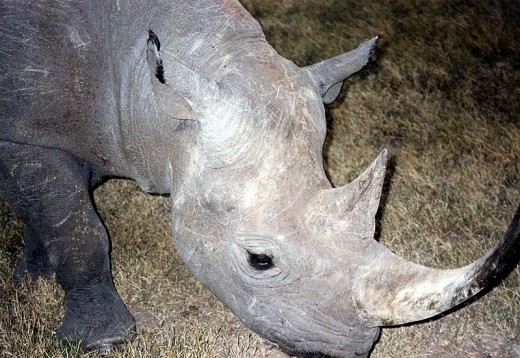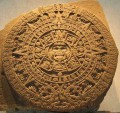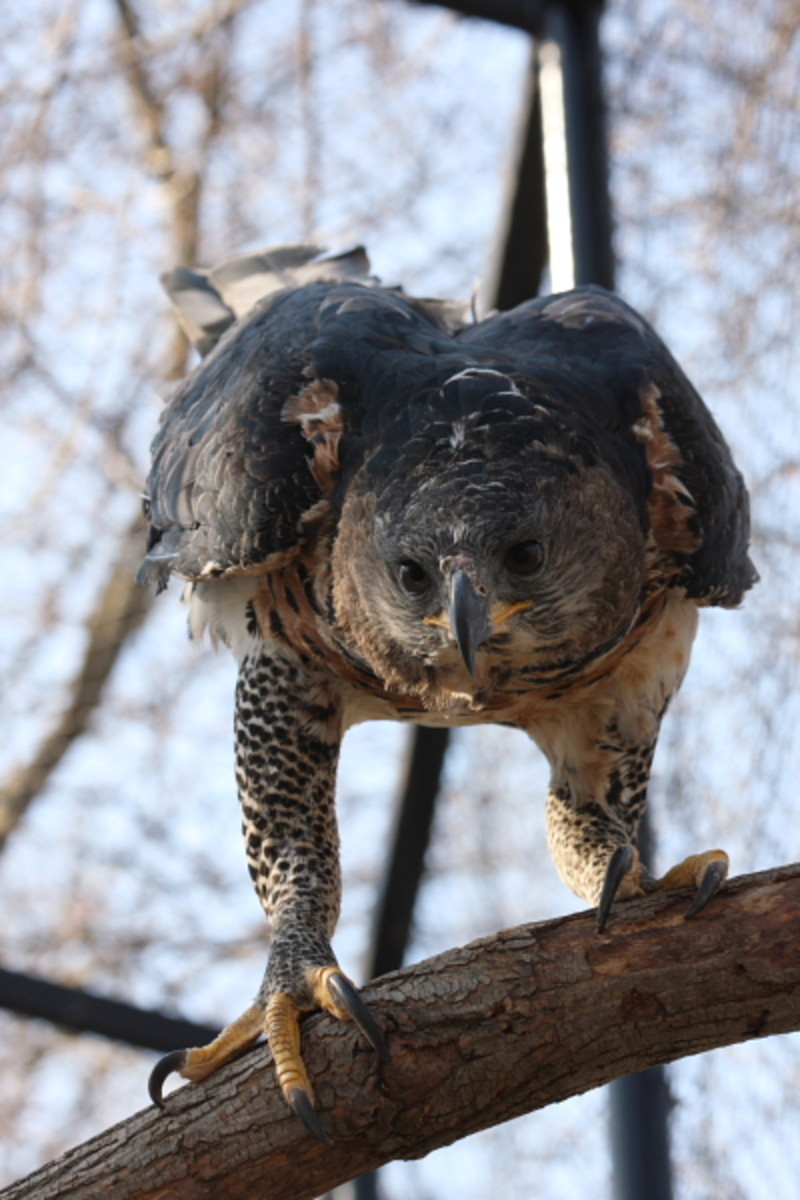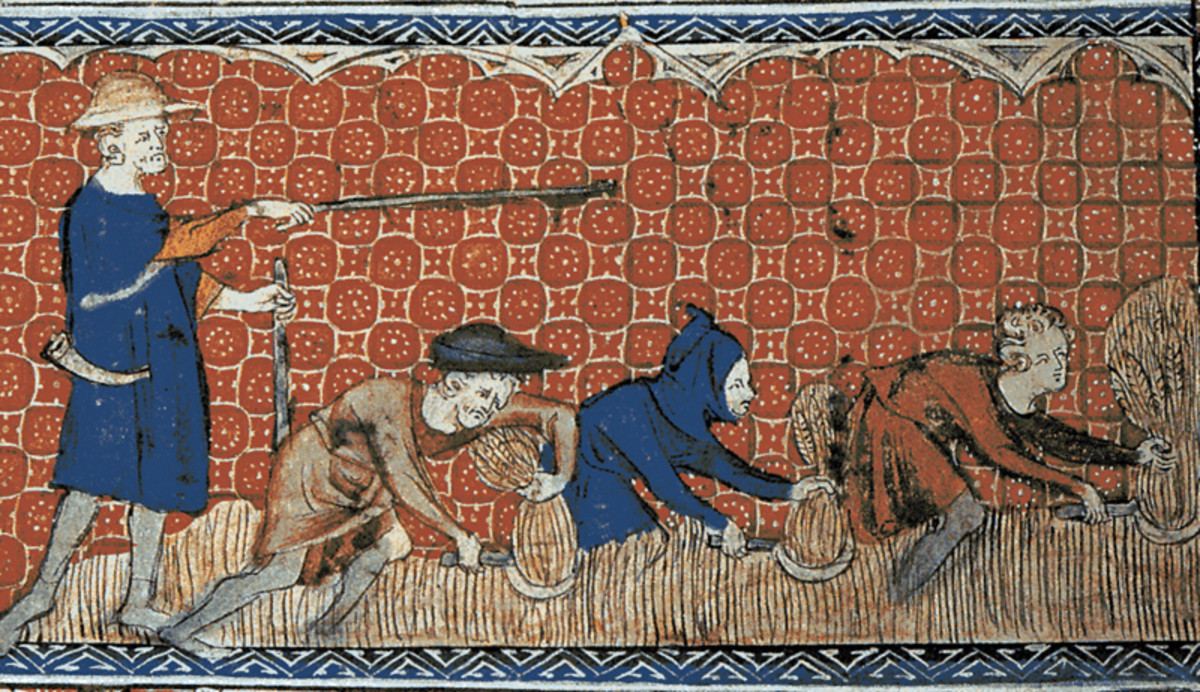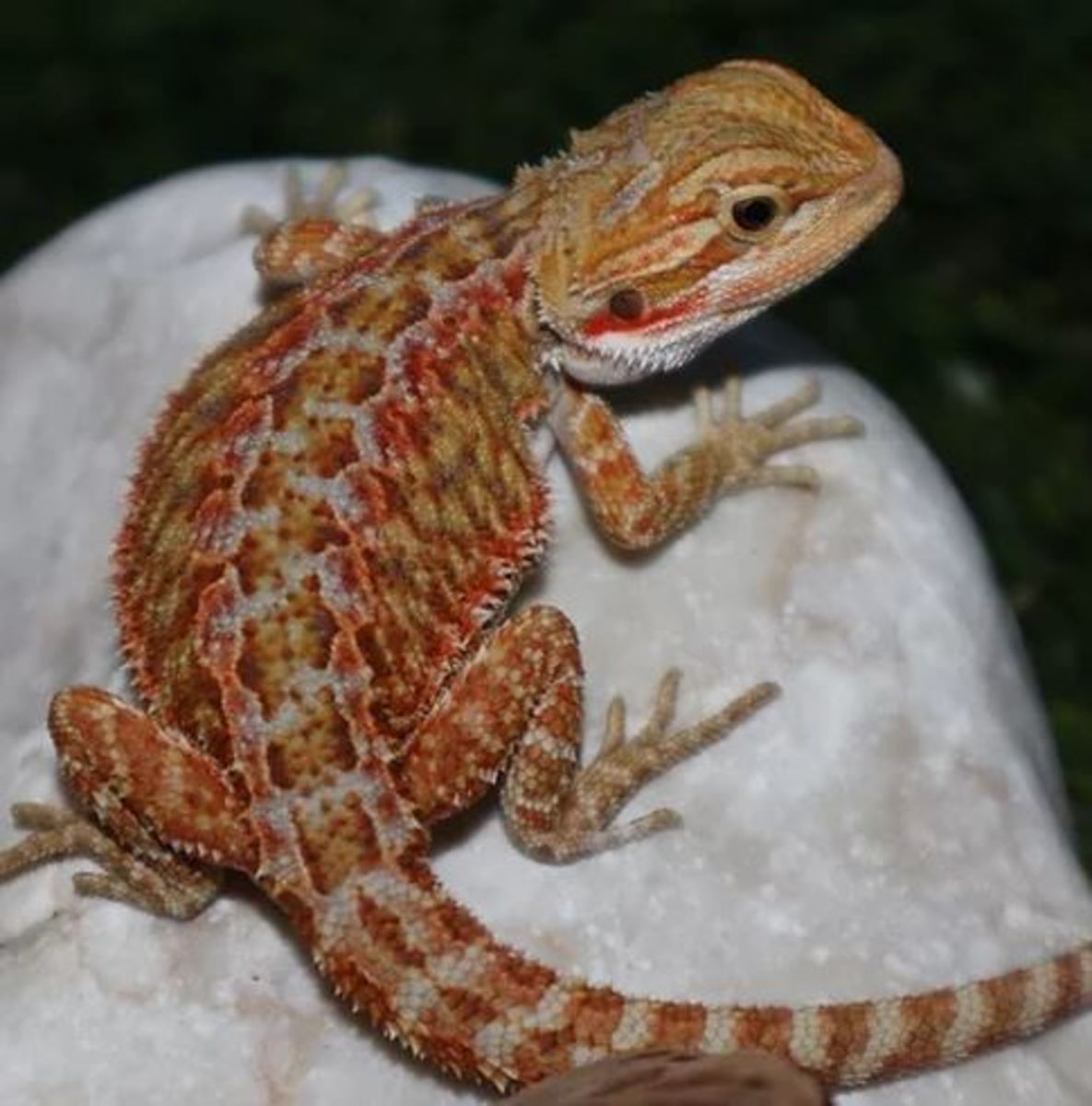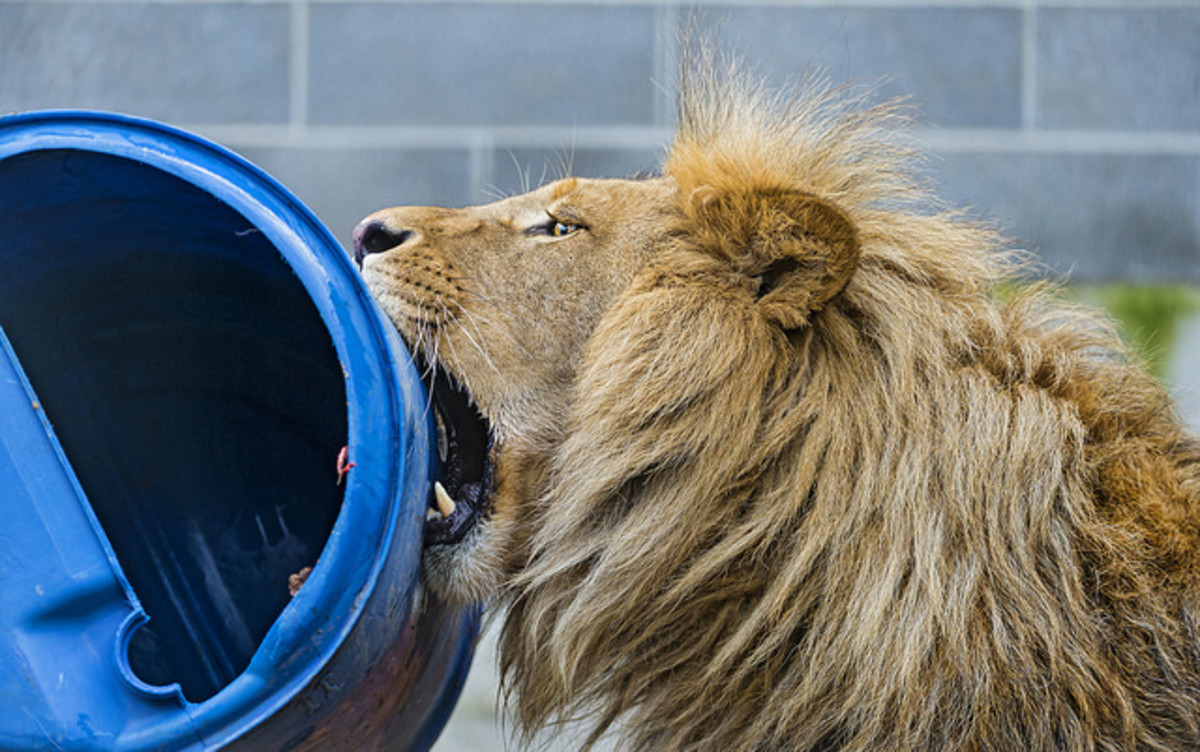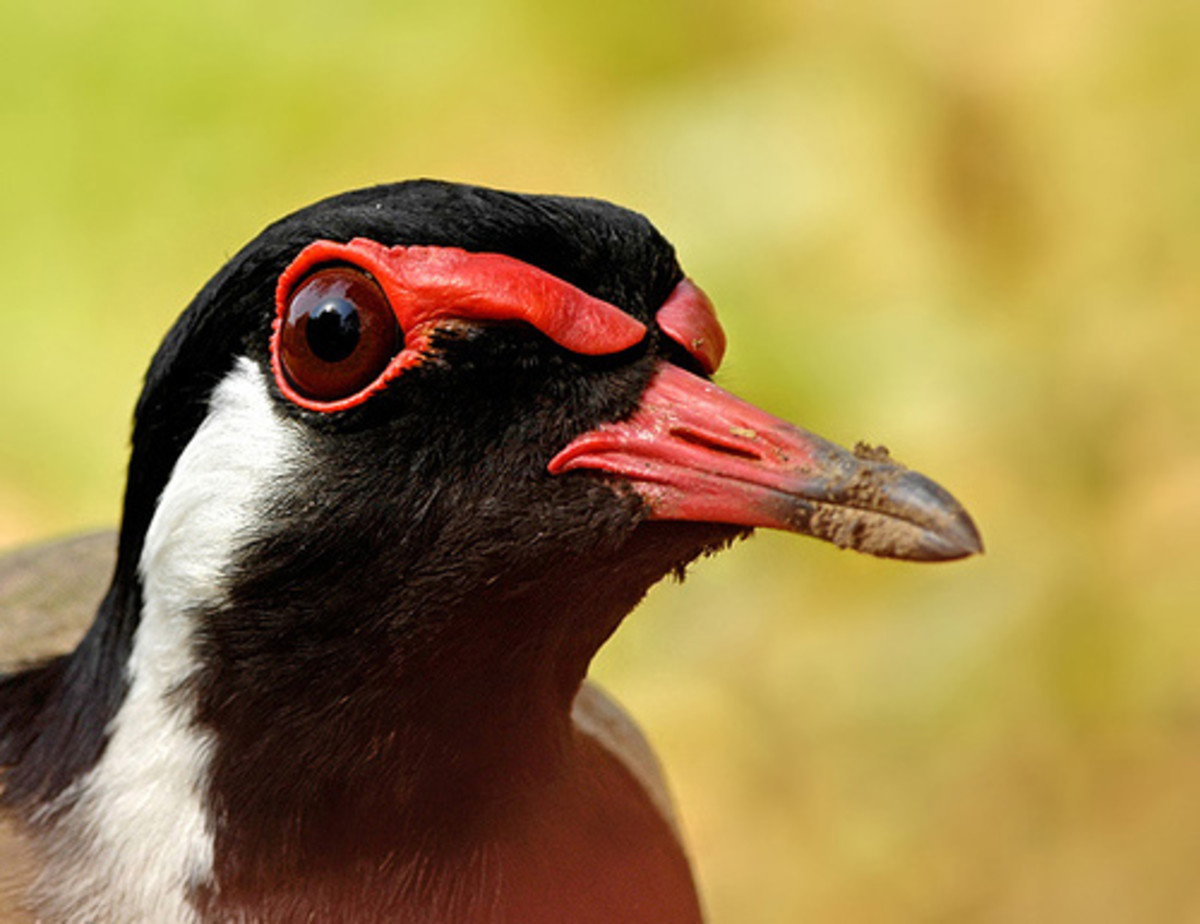7 Amazing Facts about the Black Rhinoceros
Scientific Name: Diceros bicornis
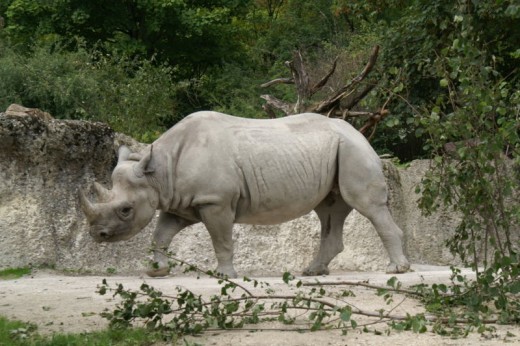
Description
The Black Rhinoceros is either gray or whitish in color. They are often mistaken for other species. One way to tell them apart is that they have smaller ears and a smaller head. They are the only species that can develop a third horn on top of the head. Usually though they only have two of them. The second one is smaller with a size around 2 feet. For the primary horn though it can be up to 5 feet long.
Interesting Links
- Rhinoceros Facts and Information
Rhinoceros Facts and Information. Feeding, habitat, distribution, reproduction, anatomy and more. Facts about the Black Rhinoceros, the Javan Rhinoceros, the White Rhinoceros, among others and the conservation efforts made to preserve rhinoceros - Indian Rhinoceros Calf - Facts and Information - The Portal of Life
Facts and Information about Indian Rhinoceros Calf. Indian Rhinoceros Calf Description, Behavior, Feeding and Reproduction.
Anatomy
All Rhinoceros have a poor ability to see but they use their other senses to make up for that. They have great hearing with ears that can move without the rest of the head turning. They also have an amazing sense of smell. They have skin that is several inches thick. This gives them a barrier when they go into regions of their environment that have thorns. Ironically they have sensitive skin though so they have to protect it from the sun.
These Rhinoceros can grow as long as 11 feet. They can also weight more than 3,000 pounds. They have very big bodies with a small tell and short stubby legs. They have three toes on each leg that allows them to move around with ease and balance. They can run when they need to charge or to get away from danger.



Intersting Links
- Common Hippopotamus
The Common Hippopotamus is the larger of two remaining species of Hippos in the world.
Evolution
We don’t have all the answers yet about the evolution of the Black Rhinoceros. We do know that they may have been among those species that once had wooly hair all over their bodies. However, as they moved into warmer climates there was no longer a need for that.
Around 30 million years ago the Black Rhinoceros branched off from other species out there. They also branched off into four subspecies groups that have been identified. Only three of those subspecies remain though as one of them has become extinct.
Habitat and Distribution
There are a few areas of Africa that are home to the Black Rhinoceros. They are scattered throughout the Savannahs. These areas include Kenya, Zimbabwe, and Tanzania. They need to be in areas that offer them plenty of access to both food and water. They seem to adapt well to changes in their habitat as long as those basic needs to continue to be met. When they do have to move to a new location it will only be those that offer them access to water.
Black Rhinoceros Videos
Behavior
This is an animal that prefers to be living on its own. That is more so for the males than the females. The females really aren’t so social with each other but they do realize that predators are less likely to try to kill the young when there are several mothers around rather than just one.
The main interactions of the Black Rhinoceros occur during periods of time when they are mating or they are caring for their young. These animals are territorial but they seem to be more accepting over overlaps in those regions. That only becomes a huge problem when there isn’t enough room to go around and there isn’t enough food for them all to survive. Then fighting with the horns often ensues among them to fight for space.
While the Black Rhinoceros is usually quiet, they can be heard making various sounds. They include low bellows and sometimes whistle like sounds. They try to stay still during the day to conserve energy and to avoid the heat. They may stay in the shaded areas or find water and mud holes that they can use for cooling down.
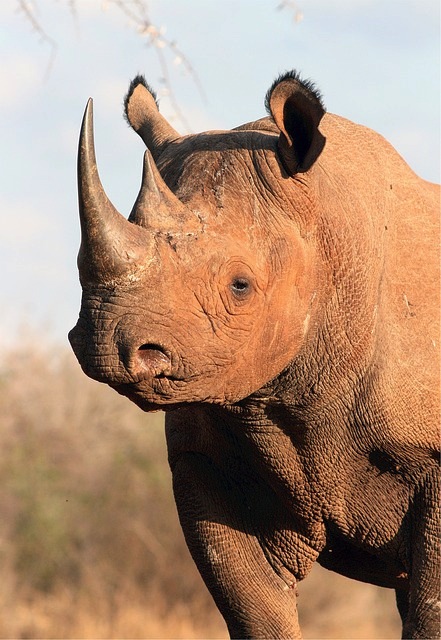
Interesting Links
- Cheetah Facts
The cheetah (Acinonyx jubatus) is the fastest land animal. It inhabits most of Africa and parts of the Middle East. - Facts about Crocodiles, Alligators, Caymans
Crocodile. Alligator and Caiman Facts and Information. Feeding, habitat, distribution, reproduction, anatomy and more. Facts about the Nile Crocodile, the Saltwater Crocodile, the Black Caiman, the American Alligator among others and the conservation
Diet and Feeding Habits
Their habitat offers them access to a variety of plants that they use for feeding. The Black Rhinoceros also consumes large amounts of grass. Sometimes bark from trees will also be eaten. Throughout the year their environment offers some fruits that grow at different times. These seem to be favorites of this animal when they are available. They need to drink water often and will try to do so daily.
As humans continue to be in these areas to create agriculture for their own food needs, it poses a problem for the Black Rhinoceros. Areas that they used to use for their food sources are being cleared away. That is progress for the survival of the African villages but not for the balance of them with these animals.
Reproduction
There is no particular time of the year for the Black Rhinoceros to take part in mating. However, the majority of it occurs around the rainy season due to the fact that this is when they get access to a variety of foods. The males will fight with each other in order to show dominance. That is the only way they will be able to mate with females.
During the mating rituals a pair will spend a couple of weeks with each other. Mating will occur many times during that span of time. This increases the chances of the female having a baby about 15 months later. Her young are about 100 pounds at birth and can walk around just a few hours after being born. Within a few days they are eating some plants but they will continue consume milk from the mother for about 1 year.
Black Rhinoceros Video
Predators
Some people assume that the Black Rhinoceros doesn’t have any predators in the wild. However, they do have a few to mention. The most violent is the Nile Crocodile who doesn’t seem to care that this is a huge animal. These Crocodiles live in the water where the Black Rhinoceros goes to drink. Then they will attack and drag them under the water in a split second.
The other predators include big cats and wild dogs but they have to hunt as a group to be successful. They will be looking for young that are moving a distance from the mother or that aren’t healthy enough to keep up with here. That is a good sized meal for them if they are able to access it.
For more than 30 years though the killing of the Black Rhinoceros to cash in on the selling of the horns has been taking place. The amount of money that is paid for them is unreal – and even a small one can result in $10,000 or more being earned. Today it is illegal to kill the Black Rhinoceros but that has only increased the value of these horns and so the practice continues.
There are also thrill seekers that come to Africa for the sole purpose of being able to kill a large animal that is also known for being aggressive. They are avid hunters that have grown bored with the basic animals they have access to back home. They will pay large sums of money to the African villagers to be taken out on such hunts.
The future for the Black Rhinoceros is one that is up in the air. It really depends on the willingness of humans to help stop poaching. It also depends on their plan of action for offering a safe habitat for these animals. They need to have enough food and water to survive in the wild.

